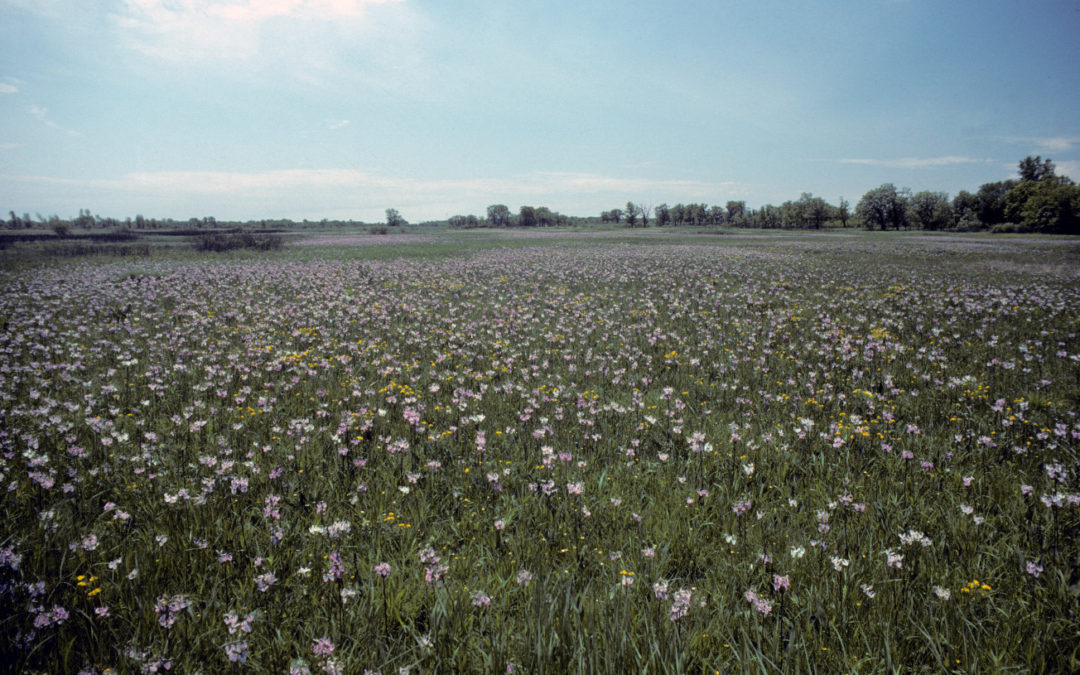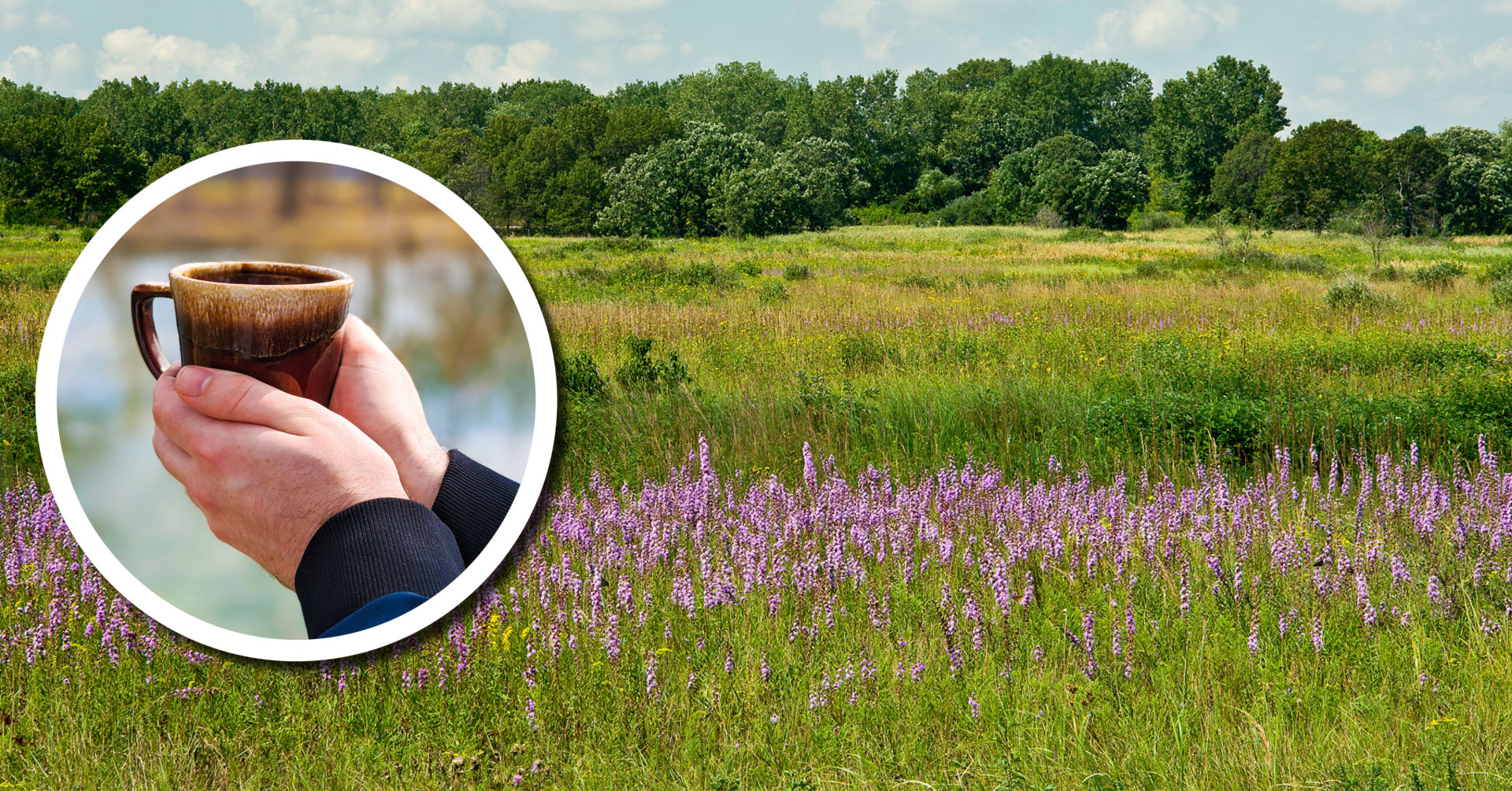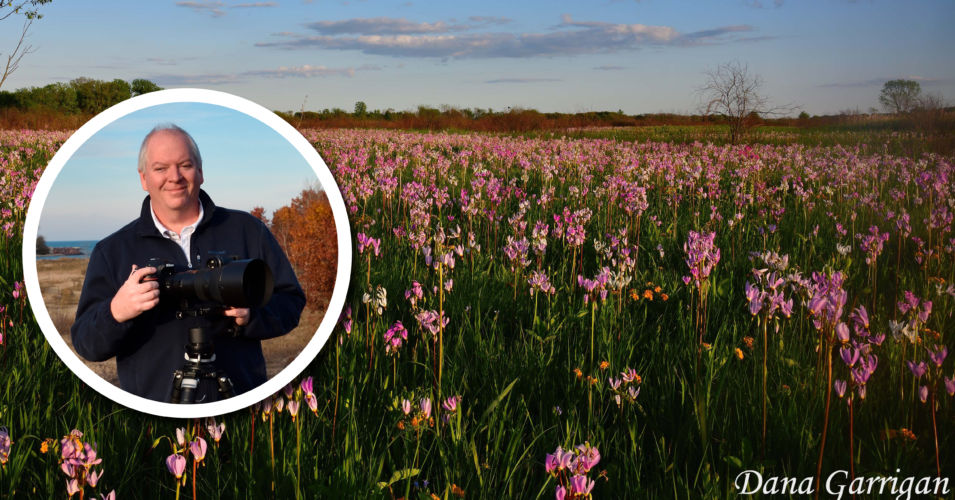What are Wetlands of International Importance?
In 1971, the Ramsar Convention intergovernmental treaty was adopted with the mission to promote the conservation and wise use of wetlands. The U.S. is a member of this treaty. As one part of its mission, the Ramsar Convention seeks to “designate suitable wetlands for the list of Wetlands of International Importance and ensure their effective management”. To be designated a Wetland of International Importance, a wetland must meet at least one of nine criteria (for example, the site supports critical populations of water birds). Chiwaukee Prairie Illinois Beach Lake Plain is the 39th designated Wetland of International Importance in the United States.
Ridges and Swales
We’ve long known Chiwaukee Prairie was special. In 2009, we designated this wetland as one of Wisconsin’s 100 Wetland Gems®. These sites include some of the highest quality wetlands across the state, and represent every type of wetland found in our state.
Chiwaukee Prairie is one of the most intact coastal wetlands in southeastern Wisconsin. This wetland is characterized by gently undulating ridge and swale topography, which was created by the historical recession of water levels in glacial Lake Michigan. The resulting mosaic of microhabitats and plant communities in this site includes low prairie and sedge meadow with pockets of fen and shrub carr habitat. These wetlands support a number of rare and sensitive plants and animals, including ten endangered or threatened plant species.
Wetlands of International Importance in Wisconsin
The Chiwaukee Prairie Illinois Beach Lake Plain joins Horicon Marsh, the Upper Mississippi Floodplain Marshes, Kakagon/Bad River Sloughs, and the Door Peninsula Coastal Wetlands as Wisconsin’s Wetlands of International Importance.
Learn more about Chiwaukee Prairie by reading our Wetland Gems® Fact Sheet about this site.
Photo by Thomas Meyer
Related Content
Wetland Coffee Break: The Chiwaukee Prairie
Wetland Coffee Break: Chiwaukee Prairie: A conservation story through photos
Wetland Coffee Break: State Natural Areas at 70: Still protecting Wisconsin’s Wetland Gems




